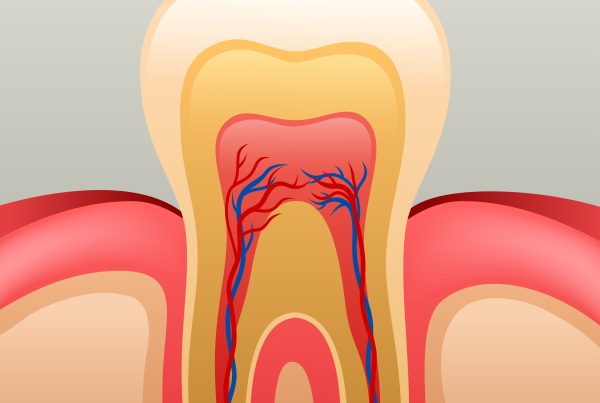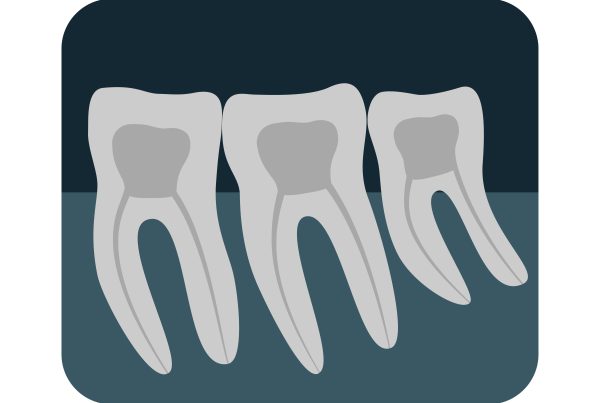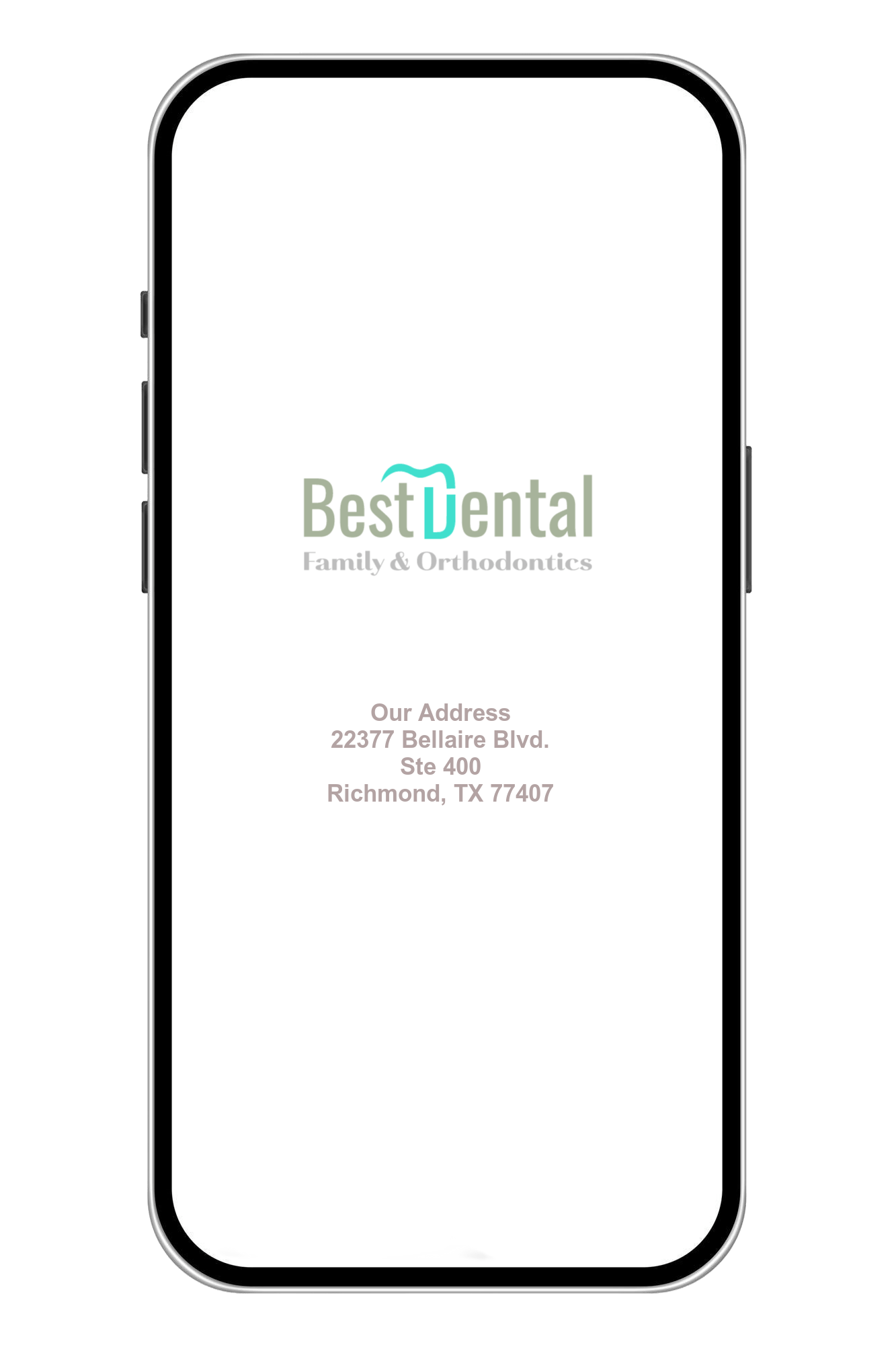Tooth Removal Or Root Canal?
Choosing between a tooth extraction and a root canal is a decision that requires careful consideration of various factors, including the extent of dental damage, overall oral health, and individual preferences. Both procedures aim to alleviate pain and preserve oral function, but they differ significantly in their approaches. Tooth extraction involves removing the entire tooth from its socket, while a root canal focuses on saving the natural tooth by treating the damaged or infected pulp within. Each option has its advantages and drawbacks, and the optimal choice depends on the specific circumstances of the dental issue. This decision often involves a thorough discussion with a dentist, weighing the long-term implications, cost considerations, and the impact on overall oral health. In this context, understanding the benefits and potential drawbacks of both tooth extraction and root canal becomes crucial in making an informed and personalized choice for dental care.

What factors determine whether a root canal or tooth extraction is the more suitable option for a dental issue?
The suitability of a root canal versus tooth extraction hinges on various factors that dentists carefully consider during their assessment. The foremost determinant is the extent of damage or infection within the tooth. If the affected tooth has a salvageable structure and the infection is confined to the pulp, a root canal may be recommended to preserve the natural tooth. The location of the damaged tooth, its overall condition, and the patient’s oral health also play crucial roles. Additionally, the patient’s preferences, pain tolerance, and cost considerations may influence the decision-making process. Dentists weigh these factors collectively to determine the most suitable course of action, aiming to provide effective treatment while preserving the patient’s overall dental health and functionality.
How does a dentist assess the extent of damage or infection to decide between a root canal and tooth extraction?
Dentists employ a comprehensive assessment process to determine the extent of damage or infection in a tooth, guiding the decision between a root canal and tooth extraction. Clinical examinations, dental X-rays, and sometimes additional imaging techniques are crucial in identifying the nature and scope of the issue. Dentists evaluate the condition of the tooth’s pulp, assessing whether the damage is confined to this innermost layer or if it has progressed to the surrounding tissues. Signs such as pain, swelling, and changes in tooth color also aid in the diagnosis. Moreover, the dentist considers the structural integrity of the tooth, its position in the mouth, and the overall health of the surrounding gums and bone. This thorough examination enables the dentist to make an informed decision on whether a root canal can effectively address the problem and preserve the tooth or if extraction is the more appropriate solution.
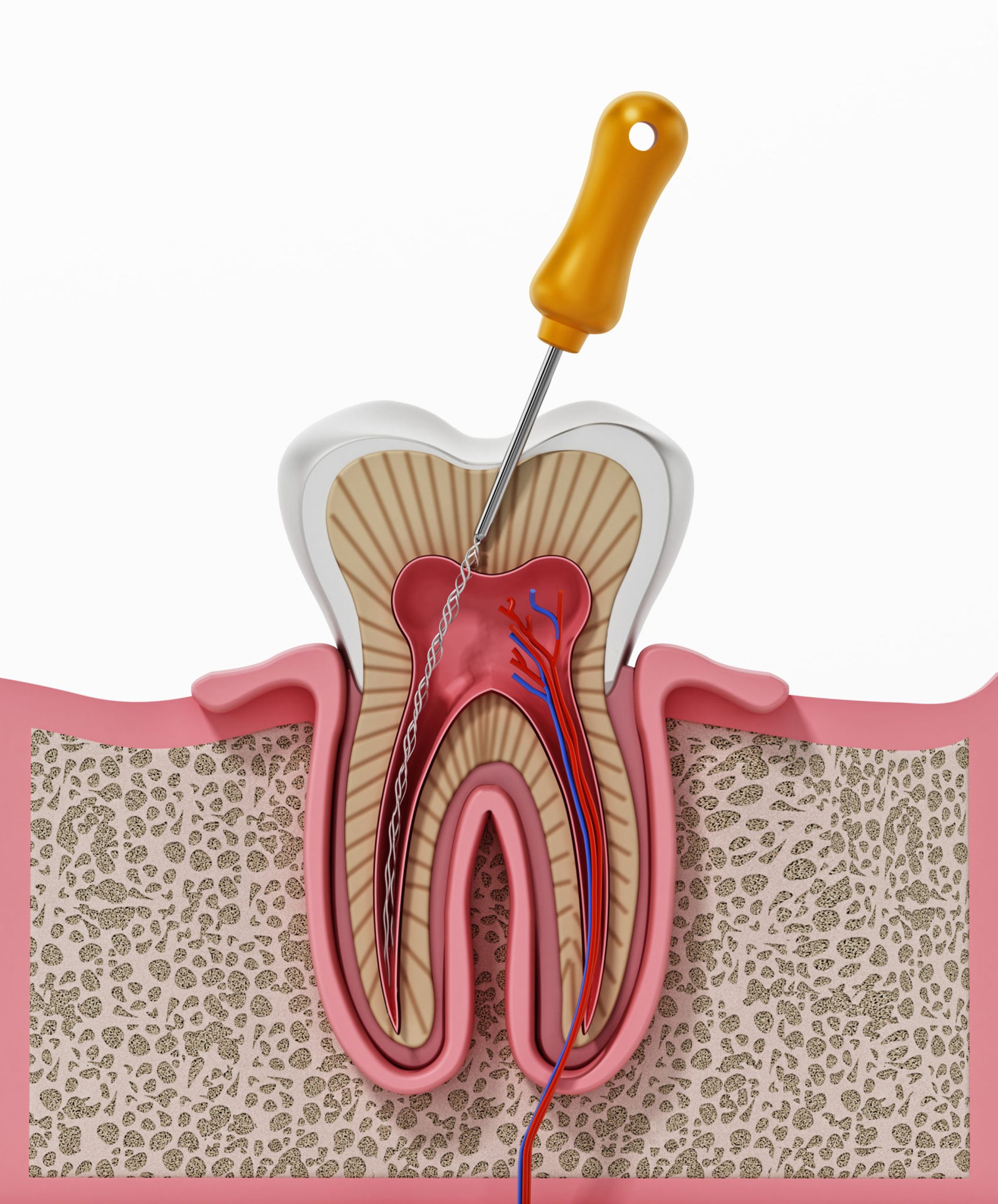

What are the primary advantages of opting for a root canal over a tooth extraction?
Opting for a root canal over a tooth extraction offers several key advantages. The foremost benefit is the preservation of the natural tooth, maintaining the integrity of the dental structure and preventing the potential shifting of adjacent teeth. Root canals effectively address and eliminate infection or damage within the tooth’s pulp, allowing for the retention of functionality and aesthetics. Unlike tooth extraction, which leaves a gap that may require additional dental work such as implants or bridges, a successful root canal enables the patient to keep their original tooth. This not only contributes to better oral health but also avoids the potential for changes in speech or difficulties in chewing that may arise with tooth removal. Overall, a root canal provides a conservative and often less invasive option for resolving dental issues while maintaining the natural dental anatomy.
Are there specific cases where tooth extraction is the only viable or recommended option?
Yes, there are specific cases where tooth extraction is considered the only viable or recommended option. One common scenario is when the tooth is severely damaged due to extensive decay, trauma, or fracture, making it structurally unsalvageable. If the damage extends below the gum line or involves a significant portion of the tooth structure, a root canal may not be effective in restoring the tooth’s functionality. Additionally, advanced periodontal disease, which affects the supporting structures of the tooth, may necessitate extraction if the tooth is too loose or compromised. In cases where financial constraints limit extensive dental treatments, extraction might be recommended as a more cost-effective solution. Ultimately, the determination for tooth extraction is made after a thorough assessment by the dentist, taking into account the specific conditions of the tooth and the overall oral health of the patient.
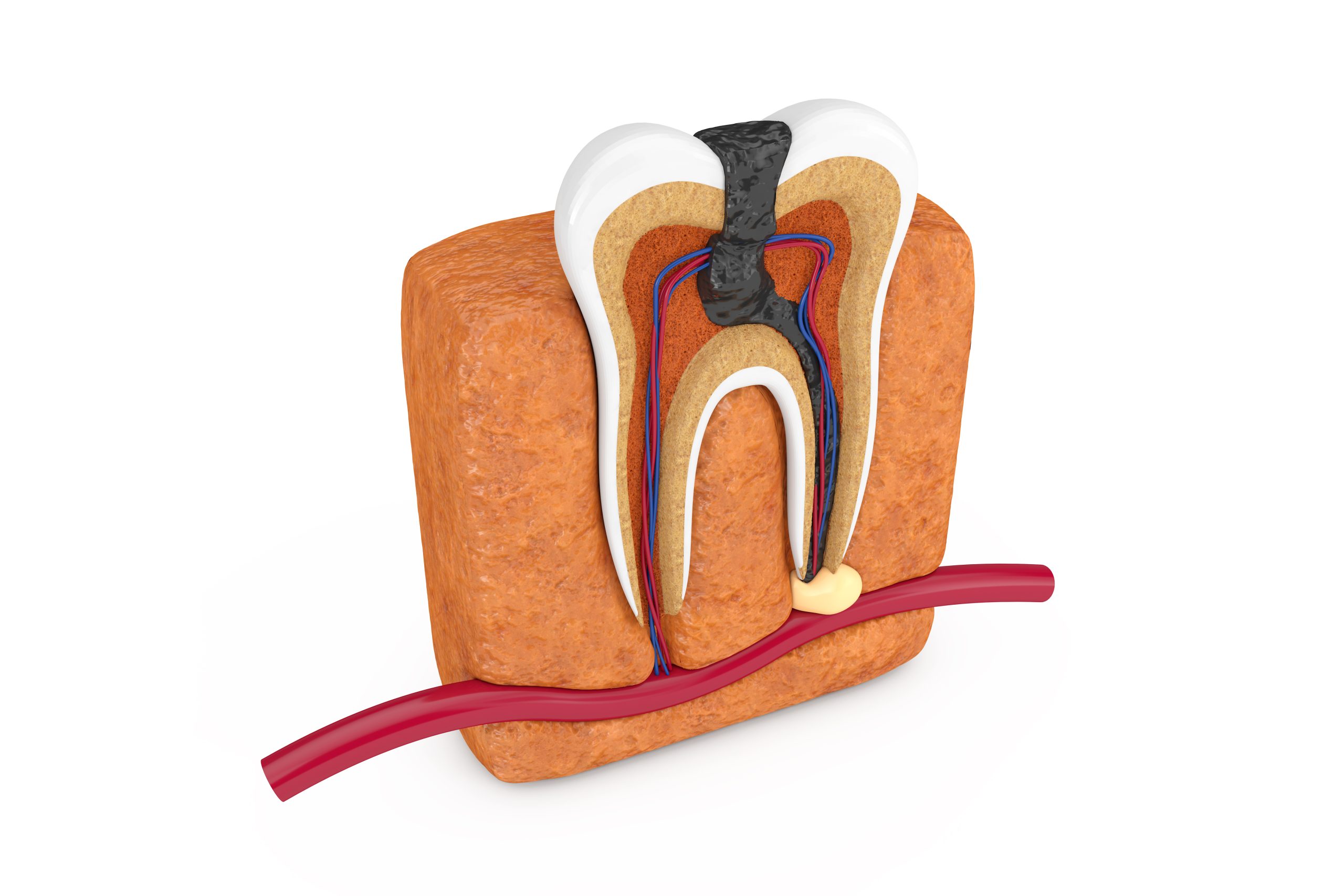

How does the long-term impact on oral health differ between a root canal and tooth extraction?
The long-term impact on oral health differs significantly between a root canal and tooth extraction. A successful root canal preserves the natural tooth, maintaining the integrity of the dental arch and preventing adjacent teeth from shifting into the empty space. This helps to retain proper biting and chewing function, as well as preserving the aesthetic appearance of the smile. In contrast, tooth extraction can lead to several long-term consequences, including potential misalignment of neighboring teeth, changes in bite structure, and bone loss in the extraction site. Moreover, the absence of a tooth can contribute to difficulties in speech and may necessitate additional dental procedures, such as implants or bridges, to fill the gap. Overall, a root canal is often a more favorable option for long-term oral health as it addresses the dental issue while allowing the patient to maintain the natural tooth and its associated functions.

How does the cost of a root canal compare to the cost of a tooth extraction, considering both short-term and long-term expenses?
The cost of a root canal and a tooth extraction can vary, with several factors influencing the overall expenses. In the short term, a tooth extraction may appear more cost-effective since it involves removing the tooth without the need for complex procedures. However, the long-term expenses of tooth extraction often surpass those of a root canal. Following an extraction, additional dental work such as implants, bridges, or dentures may be required to fill the gap left by the extracted tooth, incurring additional costs. On the other hand, a successful root canal preserves the natural tooth, eliminating the need for replacement options and potentially saving on long-term expenses. While root canals may initially seem more expensive, their ability to maintain the natural dental structure can result in cost savings over time, making them a more economically viable option in the long run.


